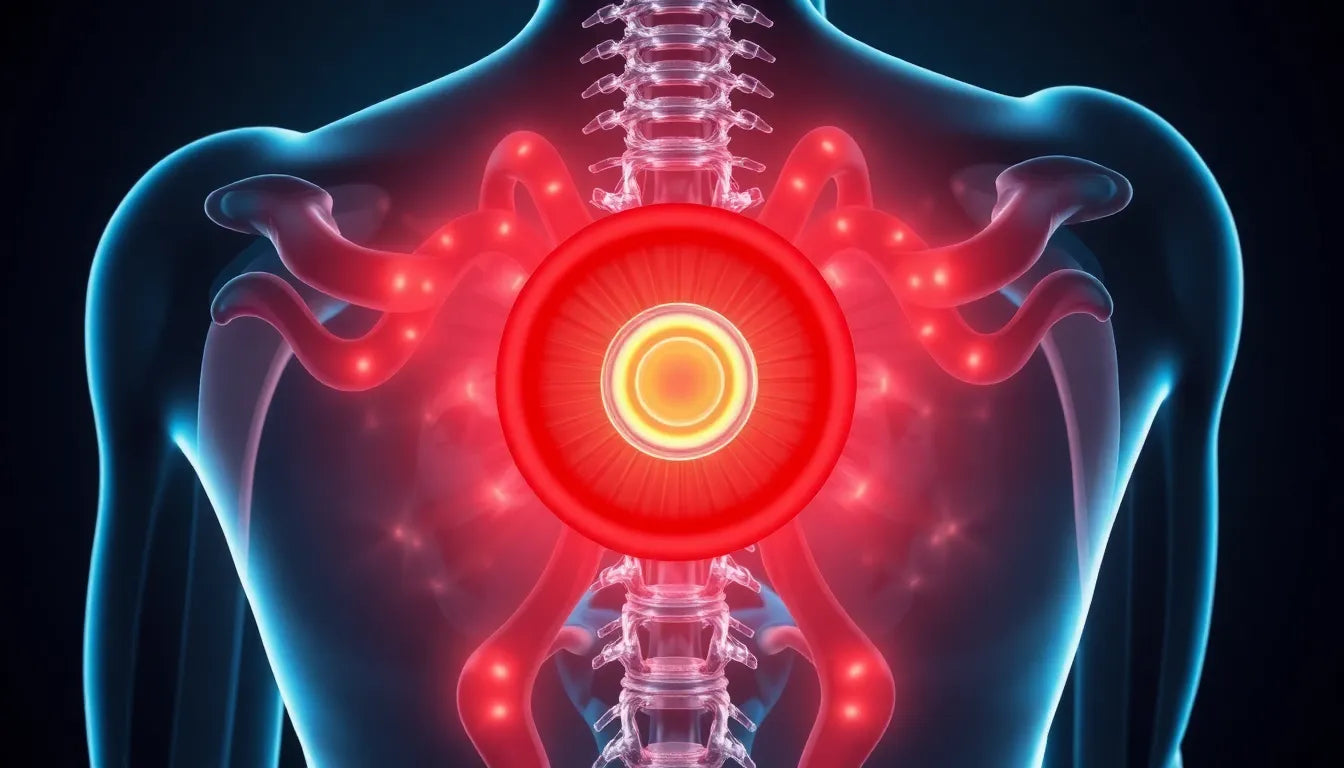In the ever-evolving landscape of healthcare, ergonomics has emerged as a pivotal field dedicated to enhancing the interaction between workers and their environment. Ergonomics in healthcare is the scientific study of designing jobs and workplaces to fit the needs of healthcare workers, with the primary goal of reducing work-related musculoskeletal disorders (WMSDs) while simultaneously boosting efficiency, quality, and comfort. This field has undergone significant evolution, expanding from a focus solely on physical factors to a more holistic approach that incorporates psychosocial aspects affecting worker wellbeing.
the growing importance of ergonomics in healthcare
The importance of ergonomics in healthcare cannot be overstated. As the healthcare industry faces increasing demands and challenges, the recognition of ergonomics as a critical component for improving both worker and patient outcomes has grown. Healthcare workers are often subjected to long hours, repetitive tasks, and physically demanding roles, which can lead to fatigue, injuries, and decreased productivity. By implementing ergonomic solutions that address these challenges, healthcare facilities can create a safer and more efficient work environment.
Moreover, the dual focus of ergonomics in healthcare extends beyond the wellbeing of healthcare workers to include patient comfort and safety. Ergonomic principles are applied to design patient rooms, medical equipment, and even administrative processes to ensure that patients receive care in an environment that minimizes physical strain and enhances overall comfort. This holistic approach not only benefits the staff but also contributes to better patient experiences and outcomes.
transforming healthcare environments through ergonomics
As we look towards the future, the overarching theme in healthcare is clear: transforming the healthcare environment into a pain-free, efficient space through the application of ergonomic principles. This transformation is not just about preventing injuries and disorders; it's about reimagining healthcare settings to promote wellbeing, efficiency, and sustainability. By leveraging ergonomic designs and practices, healthcare organizations can create environments that support the complex needs of both workers and patients, paving the way for a healthier, more productive future.
The integration of ergonomics into healthcare is a forward-thinking approach that promises to revolutionize how care is delivered. By prioritizing the design of workspaces and tools that fit the natural movements and capabilities of healthcare workers, organizations can significantly reduce the incidence of WMSDs, enhance job satisfaction, and improve the overall quality of care provided. As the healthcare industry continues to evolve, the role of ergonomics will undoubtedly become even more crucial in shaping a future where both workers and patients can thrive in a pain-free environment.
benefits of ergonomics in healthcare
Integrating ergonomics into healthcare settings provides a multitude of benefits across different facets of the industry. For healthcare workers, the application of ergonomic principles is crucial in reducing the prevalence of work-related musculoskeletal disorders (WMSDs) and minimizing injuries. By designing work environments that accommodate the physical needs of staff, long shifts become more manageable, worker fatigue is significantly decreased, and overall workplace comfort is enhanced. This not only aids in maintaining the health and safety of the workforce but also boosts morale and job satisfaction.
Healthcare organizations also stand to gain significantly from implementing ergonomic solutions. Enhanced efficiency and productivity are among the primary advantages, as ergonomic interventions help streamline operations and reduce the likelihood of critical errors in patient care. Furthermore, by mitigating the risk of injuries and associated compensation claims, organizations can achieve a better return on investment (ROI) and foster more sustainable employment conditions. This financial benefit, coupled with improved operational outcomes, makes ergonomics a wise investment for healthcare facilities.
Patients, too, experience direct benefits from ergonomic improvements. A greater emphasis on patient comfort is achieved through the thoughtful design of patient rooms and medical equipment. This not only enhances the patient experience but also allows healthcare staff to attend to more patients per hour, thus improving care efficiency. In critical situations, such as life-or-death scenarios, the efficiency gained from ergonomic practices can make a significant difference in patient outcomes, potentially saving lives through quicker and more effective care delivery.
implementation approaches for ergonomics in healthcare
Successfully integrating ergonomics into healthcare settings requires a strategic and comprehensive approach. One of the foundational steps is securing management support. Leadership commitment is essential for setting clear ergonomic goals and allocating the necessary resources to achieve them. Without this top-down support, efforts to implement ergonomic changes may falter.
Worker involvement is another critical component of successful ergonomic implementation. Encouraging healthcare workers to participate in identifying hazards and suggesting solutions fosters a culture of safety and empowerment. Training programs further support this by educating staff on ergonomic principles and teaching them to recognize early symptoms of musculoskeletal disorders, enabling proactive intervention.
Proactive problem identification and early reporting are vital in addressing ergonomic issues before they escalate. By conducting regular assessments and encouraging staff to report symptoms early, healthcare facilities can implement timely interventions to control hazards. Continuous solution implementation and progress evaluation ensure that ergonomic processes remain effective and adapt to any changes in the work environment.
practical applications and emerging technologies
Practical applications of ergonomics in healthcare encompass a wide range of equipment and modifications designed to enhance worker and patient safety. For instance, ergonomic chairs, adjustable workstations, and patient handling devices are commonly used to minimize physical strain during repetitive tasks. These tools are essential in creating a safer and more comfortable work environment.
Emerging technologies also play a pivotal role in advancing ergonomic solutions in healthcare. Innovations such as wearable sensors that monitor posture and movement, virtual reality training for safe patient handling, and AI-driven ergonomic assessments offer cutting-edge approaches to improving workplace ergonomics. These technologies not only provide immediate solutions but also offer data-driven insights that can guide future ergonomic strategies.
In conclusion, the integration of ergonomics in healthcare is not merely a trend but a necessary evolution towards a more efficient and humane healthcare system. By prioritizing the wellbeing of healthcare workers and patients through thoughtful design and innovative solutions, the healthcare industry can move towards a future where both staff and patients thrive in a pain-free environment.
real-world examples and case studies in healthcare ergonomics
The implementation of ergonomics in healthcare settings has shown promising results in various real-world scenarios. For instance, a hospital in California reported a significant decrease in work-related musculoskeletal disorders after introducing ergonomic training and equipment for nurses. By adopting height-adjustable workstations and patient-lifting devices, the hospital not only reduced injury rates but also saw an improvement in staff satisfaction and productivity.
Another case study from a healthcare facility in New York highlighted the benefits of using ergonomic principles in the design of surgical suites. By optimizing the layout and integrating adjustable lighting and seating, the facility enhanced the comfort and efficiency of surgeons and support staff, leading to fewer errors and improved patient outcomes.
patient-centered ergonomics: enhancing outcomes
While much of the focus in healthcare ergonomics has been on the workforce, there is growing recognition of its impact on patient outcomes. Patient-centered ergonomics involves designing environments and processes that prioritize patient comfort and safety. For example, adjustable hospital beds and user-friendly medical devices can greatly enhance the patient experience, reducing stress and facilitating quicker recovery times.
Moreover, ergonomic considerations in patient care areas, such as the strategic placement of handrails and non-slip flooring, can prevent accidents and improve accessibility, particularly for elderly or disabled patients. These measures not only contribute to better patient satisfaction but also align with broader safety and quality care goals.
cost-benefit analysis of ergonomic interventions
Investing in ergonomic solutions may require upfront costs, but the long-term benefits often outweigh these initial expenses. A comprehensive cost-benefit analysis can illustrate the financial advantages of ergonomics in healthcare. For example, a study found that a hospital that invested in ergonomic equipment and training programs experienced a 30% reduction in worker compensation claims within the first year, resulting in substantial cost savings.
Additionally, the increased efficiency and productivity that come with ergonomic improvements can lead to higher patient throughput and better utilization of resources. By reducing the incidence of injuries and enhancing the quality of care, healthcare facilities can achieve a significant return on investment, making ergonomics a financially sound decision.
frequently asked questions
What is the primary goal of ergonomics in healthcare?
The primary goal is to design work environments that fit healthcare workers, reducing work-related injuries and improving overall efficiency and comfort.
How does ergonomics benefit patients in healthcare settings?
Ergonomics enhances patient comfort and care efficiency, allowing staff to attend to more patients and potentially improving outcomes in critical situations.
What are some common ergonomic interventions in healthcare?
Common interventions include ergonomic chairs, adjustable workstations, and tools designed to minimize strain during repetitive tasks.
Why is management support crucial in implementing ergonomic practices?
Management support ensures clear goals, resource allocation, and fosters a culture that values worker wellbeing and safety.
Can ergonomics help reduce healthcare costs?
Yes, by reducing worker injuries and compensation claims, ergonomics can lead to significant cost savings and improved ROI for healthcare organizations.


















